As the anniversary of 9/11 and the attacks on the Twin Towers and the Pentagon are remembered, we wanted to look at 5 post-9/11 films which attempted to deal with this most sensitive and difficult time in recent American History.

 25th HOUR – Spike Lee’s adaptation of David Benioff’s novel The 25th Hour was already in pre-production when 9/11 happened. Instead of ignoring the tragedy, Spike Lee decided to integrate it into the film and so the plight of Monty (Edward Norton), a drug dealer on his last full day of freedom before going to prison, becomes intertwined with New York recovering from a tragedy and heading towards an uncertain future. It is an angry film in many ways, but one which also seeks to define freedom and the good life, even as it fades into impossibility.
25th HOUR – Spike Lee’s adaptation of David Benioff’s novel The 25th Hour was already in pre-production when 9/11 happened. Instead of ignoring the tragedy, Spike Lee decided to integrate it into the film and so the plight of Monty (Edward Norton), a drug dealer on his last full day of freedom before going to prison, becomes intertwined with New York recovering from a tragedy and heading towards an uncertain future. It is an angry film in many ways, but one which also seeks to define freedom and the good life, even as it fades into impossibility.
Watch it on CHILI: 25th Hour
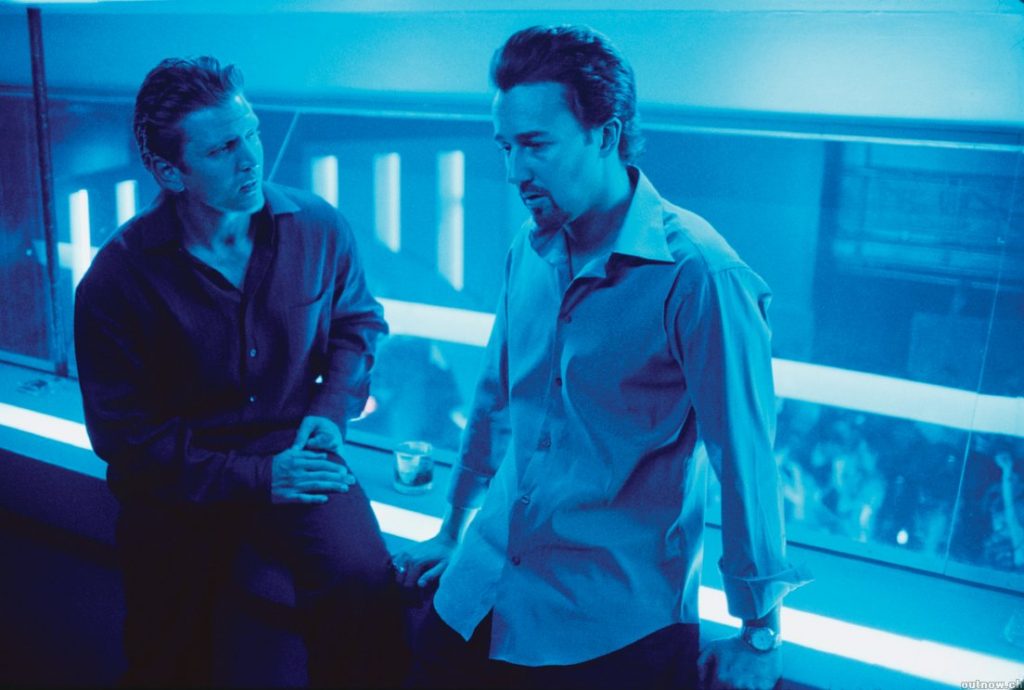
 UNITED 93 – Paul Greengrass had made a name for himself with the minute by minute reconstruction of the massacre in Derry, Northern Ireland Bloody Sunday. When in 2006 he turned his semi-documentary, handheld style to the fate of the one hijacked plane which didn’t strike a target, many believed it was too soon. However, the film turned into one of the most critically acclaimed films to have handled the topic. The urgency and terror of the passengers is intercut with the bafflement of those on the ground trying to get a grip on an unthinkable tragedy. The only blemish is the portrayal of German passenger Christian Adams (Erich Redman), who appears to wish to appease the terrorists, and tied in with an American hostility towards the Europeans who they saw as dragging their feet when it came to the War on Terror and especially the Iraq invasion of Iraq. There was no evidence at all that Adams behaved in this way and he obviously has no recourse to respond.
UNITED 93 – Paul Greengrass had made a name for himself with the minute by minute reconstruction of the massacre in Derry, Northern Ireland Bloody Sunday. When in 2006 he turned his semi-documentary, handheld style to the fate of the one hijacked plane which didn’t strike a target, many believed it was too soon. However, the film turned into one of the most critically acclaimed films to have handled the topic. The urgency and terror of the passengers is intercut with the bafflement of those on the ground trying to get a grip on an unthinkable tragedy. The only blemish is the portrayal of German passenger Christian Adams (Erich Redman), who appears to wish to appease the terrorists, and tied in with an American hostility towards the Europeans who they saw as dragging their feet when it came to the War on Terror and especially the Iraq invasion of Iraq. There was no evidence at all that Adams behaved in this way and he obviously has no recourse to respond.
Watch it on CHILI: United 93

 FAHRENHEIT 9/11 – Michael Moore was no stranger to controversy. On winning his Oscar for Bowling for Columbine in 2002, he received boos and applause when he used his speech to denounce President Bush and the invasion of Iraq. Undeterred, two years later he would win the Palme d’Or with this raw and angry broadside against the Bush administration and their response to 9/11. Using a mixture of acerbic humor and occasional moments of stunning drama – the attack itself is portrayed through sound alone – the documentary functions both as a diatribe and a vigorously entertaining film. Though critics attacked some of the facts, it would become the highest grossing documentary ever and make Michael Moore the most famous US documentarian in the world.
FAHRENHEIT 9/11 – Michael Moore was no stranger to controversy. On winning his Oscar for Bowling for Columbine in 2002, he received boos and applause when he used his speech to denounce President Bush and the invasion of Iraq. Undeterred, two years later he would win the Palme d’Or with this raw and angry broadside against the Bush administration and their response to 9/11. Using a mixture of acerbic humor and occasional moments of stunning drama – the attack itself is portrayed through sound alone – the documentary functions both as a diatribe and a vigorously entertaining film. Though critics attacked some of the facts, it would become the highest grossing documentary ever and make Michael Moore the most famous US documentarian in the world.
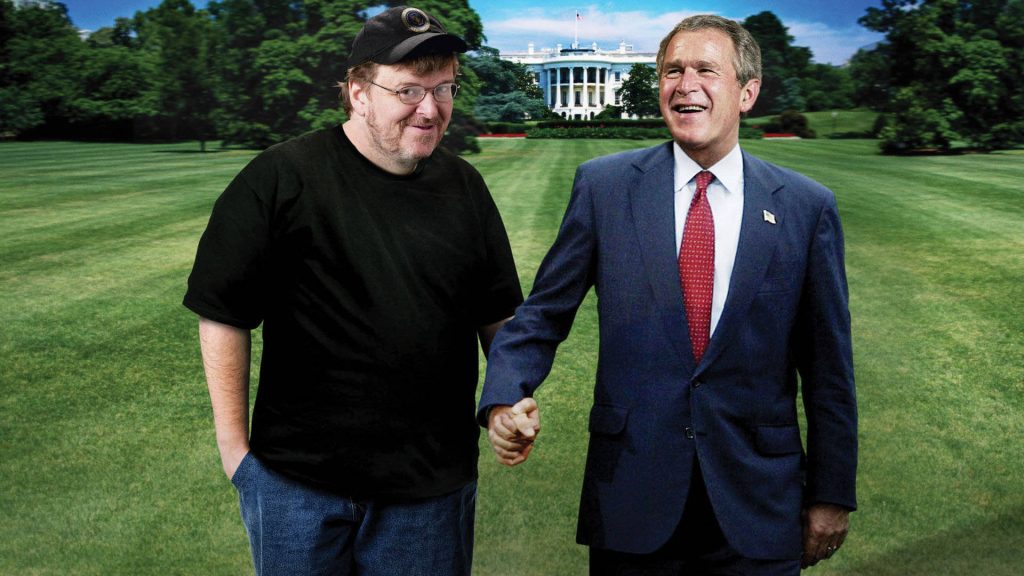
 ZERO DARK THIRTY – The hunt for Osama Bin Laden became a sign of the failure of American power to express itself. Near misses in Afghanistan drove the US intelligence services into ever darker practices and dangerous alliances. Jessica Chastain plays Maya, a CIA operative chasing leads through the early stages of the War on Terror to the endgame in Pakistan. Kathryn Bigelow’s film took on a later urgency when Bin Laden was successfully found and killed as production was ongoing. But far from an exercise is U-S-A triumphalism, Zero Dark Thirty is a complex drama which is as much about the cost of the long war on America as a country.
ZERO DARK THIRTY – The hunt for Osama Bin Laden became a sign of the failure of American power to express itself. Near misses in Afghanistan drove the US intelligence services into ever darker practices and dangerous alliances. Jessica Chastain plays Maya, a CIA operative chasing leads through the early stages of the War on Terror to the endgame in Pakistan. Kathryn Bigelow’s film took on a later urgency when Bin Laden was successfully found and killed as production was ongoing. But far from an exercise is U-S-A triumphalism, Zero Dark Thirty is a complex drama which is as much about the cost of the long war on America as a country.
Watch it on CHILI: Zero Dark Thirty
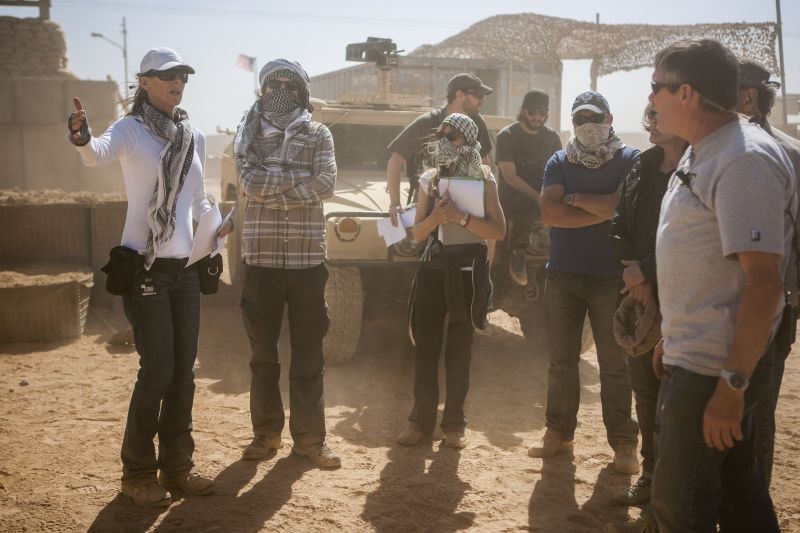
 MAN ON WIRE – In 1974 a mad French acrobat and wire walked called Philippe Petit took a high-wire stroll between the Twin Towers of New York’s World Trade Center. James Marsh chronicled the bizarre adventure in his 2008 film. The excitement of the endeavour, the building of the team, the illegality, the uncertainty and danger makes Marsh’s movie like a heist film, centered around the charismatic can-do nuts of Petit himself. But it is also a reclamation of the towers themselves which come back to life as the setting for something irreverent and fun, rather than horrifying. The elegy to their loss and the loss of life is further enshrined by the fact that no film exists of Petit’s feat, only a series of black and white still photographs which stand as a counterpoint to all the colour news footage we would later see of two passenger jets ploughing into the structures.
MAN ON WIRE – In 1974 a mad French acrobat and wire walked called Philippe Petit took a high-wire stroll between the Twin Towers of New York’s World Trade Center. James Marsh chronicled the bizarre adventure in his 2008 film. The excitement of the endeavour, the building of the team, the illegality, the uncertainty and danger makes Marsh’s movie like a heist film, centered around the charismatic can-do nuts of Petit himself. But it is also a reclamation of the towers themselves which come back to life as the setting for something irreverent and fun, rather than horrifying. The elegy to their loss and the loss of life is further enshrined by the fact that no film exists of Petit’s feat, only a series of black and white still photographs which stand as a counterpoint to all the colour news footage we would later see of two passenger jets ploughing into the structures.
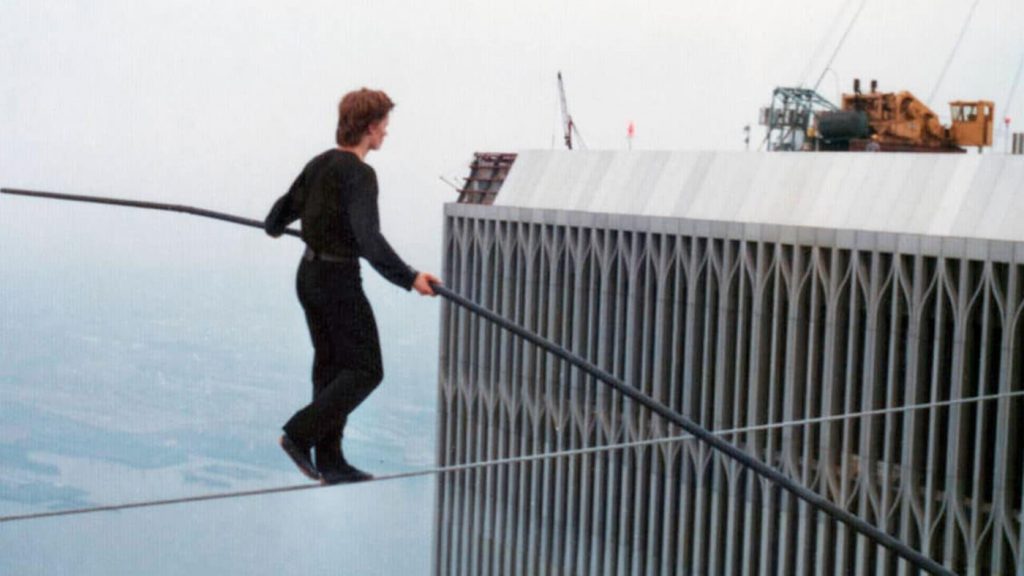


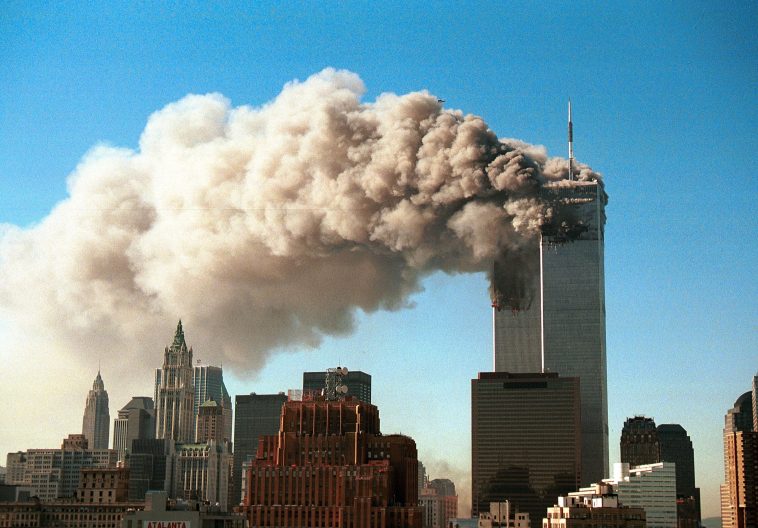






Leave a Comment